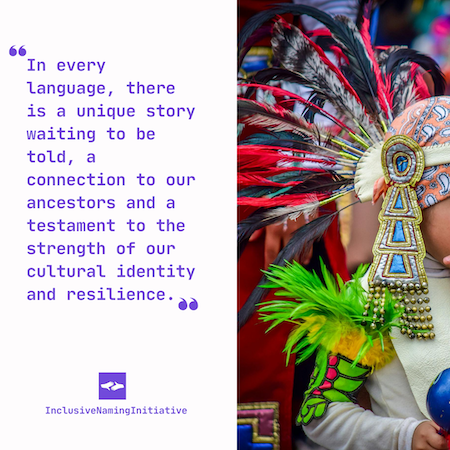Mexico’s Living Tapestry of Languages: A Story of Identity and Resilience
When most people think of Mexico, the first thing that comes to mind is Spanish, the language of daily life, government, education and the media. And yes, Spanish is dominant, spoken by the vast majority of the country’s 120 million people. But here’s the story that often goes untold: Mexico is not just a Spanish-speaking nation. It is a country woven together by a tapestry of over 68 national languages and more than 350 linguistic variants, each one carrying centuries of history, tradition, and identity ( source ).
A Story Rooted in History
Long before Spanish ships arrived in the early 16th century, Mexico was home to powerful civilizations with rich linguistic worlds. The Maya in the Yucatán Peninsula, the Aztecs or Mexica in central Mexico, the Zapotecs in Oaxaca and many other communities thrived with languages that were as integral to their culture as their food, art and rituals. Nahuatl, the language of the Aztecs, once served as a lingua franca across Mesoamerica. Even today, millions of Mexicans still speak it, and words like chocolate, tomato, and avocado borrowed from Nahuatl, have traveled far beyond Mexico’s borders ( source ).
Maya languages continue to echo through southern Mexico with Yucatec Maya still spoken by nearly a million people. The Zapotec and Mixtec languages of Oaxaca hold entire worlds of poetry, oral storytelling and philosophy. When Spanish colonization began, many of these languages were suppressed in favor of the Spanish language, yet despite centuries of pressure, many of these languages still survived.. Today they stand as living testaments to resilience.
The Languages of Today
Mexico officially recognizes 68 indigenous languages, and each of them is as distinct as French is from German ( source ). Among the most widely spoken are Nahuatl with about 1.7 million speakers, Yucatec Maya with roughly 850,000, Zapotec with about 425,000, Mixtec with close to 475,000 and the Mayan languages Tzeltal and Tzotzil both with more than 400,000 speakers in Chiapas ( source ).
These are not dialects of Spanish but complete languages with unique grammar, vocabulary and worldviews. At the same time, some languages are endangered. Many are spoken by only a few thousand or even a few hundred elders and risk disappearing within the next generation ( source ). Each one lost means not only the disappearance of words but also of songs, prayers, myths and ways of understanding the world.
Why Language in Mexico Matters
Language is identity. It is how communities name the land, describe the seasons and pass wisdom to the next generation. In Mexico, preserving indigenous languages is about honoring cultural heritage and resisting erasure. In recent years, there has been a growing movement to promote and protect these languages. Bilingual education programs are helping children learn both Spanish and their indigenous mother tongues. Indigenous radio and TV stations are broadcasting in Zapotec, Nahuatl, and other languages, ensuring they remain part of daily life. Artists, poets and musicians are reclaiming their ancestral tongues, weaving them into modern literature, music and film ( source ).
Mexico teaches us that linguistic diversity is not something to hide but something to celebrate. Behind the Spanish you hear on the streets, there are hundreds of other voices, each carrying a story as old as time. In a world that often pushes for uniformity, Mexico reminds us that diversity is strength. Every language is a universe of thought and when one disappears, humanity loses a piece of itself.
So the next time you think of Mexico, don’t just think of Spanish. Think of the whispers of Nahuatl in the markets, the rhythm of Maya in the villages of Yucatán and the poetry of Zapotec echoing through the valleys of Oaxaca. Mexico is not just one language, it is a living, breathing symphony of many.
